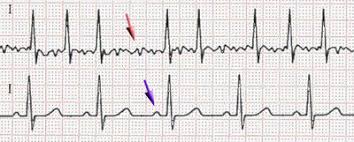Author Interviews, JAMA, Salt-Sodium, Stroke / 09.02.2025
JAMA Cardiology Stroke Study Finds Salt Substitute a Simple Effective Strategy to Reduce Recurrence and Mortality
MedicalResearch.com Interview with:
Xiong Ding, MPH
School of Public Health
Wuhan University
Wuhan, China
MedicalResearch.com: What is the background for this study?
Response: Stroke is one of the leading causes of death and long-term disability worldwide, particularly in low- and middle-income countries. Patients who have previously experienced a stroke are at high risk of recurrence, and in China, this risk is even higher than the global average. It is well established that high blood pressure is a major risk factor for stroke recurrence, and lowering blood pressure is an effective preventive strategy.
Salt substitutes, which replace part of sodium chloride with potassium chloride, have been shown to lower blood pressure by reducing sodium intake and increasing potassium intake. However, before our study, there was limited direct evidence demonstrating whether salt substitutes could reduce the risk of stroke recurrence and death. Therefore, we conducted this research as part of the Salt Substitute and Stroke Study (SSaSS), specifically focusing on stroke survivors to determine the long-term health effects of salt substitution in this high-risk population.
(more…)













